Home »
All Resources »
Green Gown Awards 2020 - University of Wales Trinity St David - Finalist
Reducing the Impact of 3D scanning methods for bespoke helmets for children
Parents engaged with Cerebra (CIC) often found that they could not purchase ‘off the shelf’ helmets for their children as the width, length and shape would often cause issues with ‘fit’, preventing participation in sporting activities. This barrier to participation contributes to social isolation, separation from friends and reinforces a sense of ‘difference’ of children with these brain conditions. The process once developed to capture 3D scan data to manufacture individual ‘perfect fit’ bespoke helmets was time consuming and resource intense which limited the number of people that could be assisted.
The collaborative project between Cerebra (CIC) and Assistive Technologies Innovation Centre (ATiC) from the University of Wales Trinity Saint David (UWTSD), addresses the challenges presented by optimising the workflow along the head’s topology capture process to increase efficiency, reduce costs and the time involved. This increases the capacity of Cerebra and reduces the travelling distances of skilled staff/families to access the service.
Top 3 learnings:
- Making the optimised scanning method more accessible helped increase the number of beneficiaries.
- Surveys and user-centred testing helped us evaluate the processes involved within the service before the end-users, preventing the families and children accessing the service from stress related issues.
- Identifying the best technology for purpose can lead to a more efficient energy consumption and reduced environmental impact of the process involved within the project.
Videos



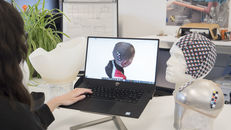
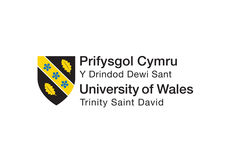
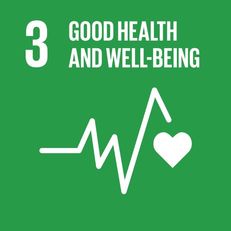
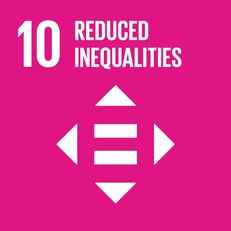
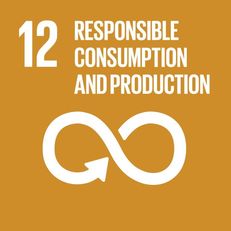
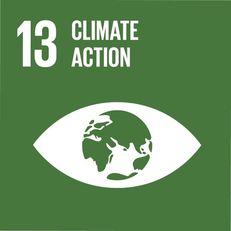

 Except where otherwise stated, content on this site is
licensed under a Creative Commons Attribution 3.0 License.
Except where otherwise stated, content on this site is
licensed under a Creative Commons Attribution 3.0 License.
